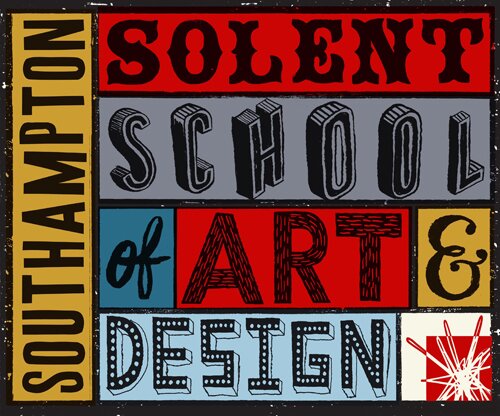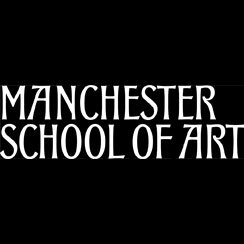
Matthew Richardson
Norwich University of the Arts
Matthew’s illustration work has been widely used in publishing and design. He grew up in London where he studied at Middlesex University and Central St. Martins. Commissions have included a project with the V&A using the museum’s collection as source material, and recently, imagery for ‘Prince Igor’ by Alexander Borodin at the ENO. Matthew has lectured at art colleges across the UK and currently teaches part time at Norwich University of the Arts. He has won several prizes for his work, including V&A Illustration Awards for his editorial and book publishing work and the House of Illustration and Folio Society Award for an illustrated edition of ‘The Outsider’ by Albert Camus.
Abstract:
In Praise of Folly: a Palimpsest of Foolery
This research presentation considers the play between written and visual sign, symbol and metaphor, and how meaning and signification shifts over time. The analysis of these shifts is described through my research and visual re-interpretations for a newly commissioned edition of ‘In Praise of Folly’ originally written in 1512 by Erasmus, a renowned writer, itinerant social commentator and thinker.
‘In Praise of Folly’ is a mix of social observation and satire narrated through the persona of ‘Folly’ - a jester-like goddess, celebrating frivolity, inebriation and self-love. Erasmus uses ‘Folly’ as his ‘mask’ from behind which, he can (and does) attack the orthodoxies of his day to lambast teachers, professors and theologians. The style of speech Erasmus uses is ‘rhetoric’ -an embellished literary device that simultaneously conceals and reveals Erasmus’ intentions, using puns and metaphor that also re-casts previous texts as the authors own. My research examines visual and conceptual equivalents – where a single image or object signifies alternative, yet simultaneous, meanings through symbolic interpretation, re-interpretation and mis-interpretation.
In considering visual language, it struck to me that Erasmus would approve a treatment that re-composed illustrations Hans Holbein illustrated for the book 500 years ago. From copies of these prints, I retained the background, but removed the ‘action’ Holbein depicted. This space enabled a metaphoric ‘re-casting’ of new actors to appear on a much older stage. Alternative ‘players’ for the part of ‘Folly’ were ‘auditioned’ across time and culture – roles that reveal truth through misrule or mockery. These included the Fool, Jester, commedia dell’arte, to more recent personifications like ‘punk impresario’ Malcolm McLaren. Their ghosts and symbols are half hidden - one ‘fool’ written over another, the stages and play as palimpsest.
Erasmus’ ‘In Praise of Folly’ is published in November 2014 by Folio.
Keywords: Reinterpretation, palimpsest, appropriation, metaphor, rhetoric, symbols, signs







